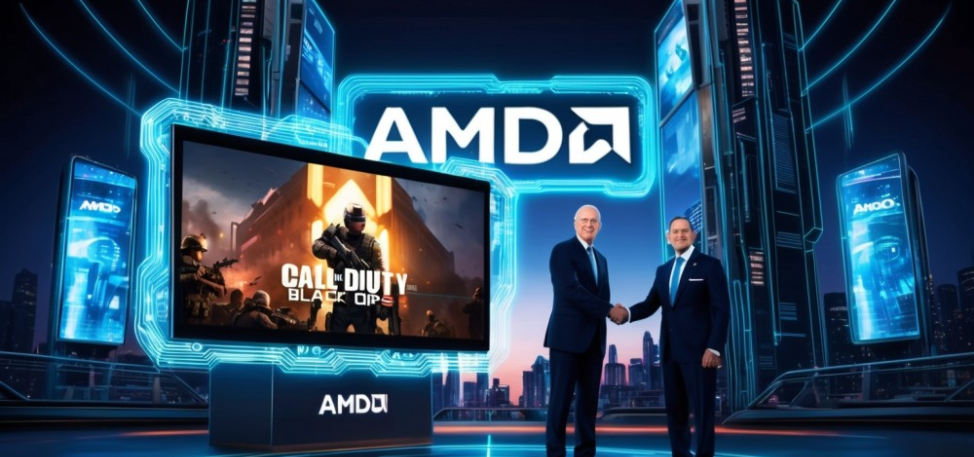AMD and Activision Join Forces to Revolutionize Gaming with AI-Enhanced FSR 4 Technology in Call of Duty: Black Ops 6
Polina Hans
04 Nov 2024

he realm of PC gaming is on the brink of transformation, with artificial intelligence playing a key role in its evolution. AMD has announced an exciting collaboration with Activision, aimed at integrating the FSR 4 upscaling technology into Call of Duty: Black Ops 6, set for a 2025 release. This development highlights a notable pivot towards AI-driven enhancements within the FSR framework.
Jack Huynh, the Vice President of Team Red, shared insights in a recent video presentation showcasing the new Ryzen 7 9800X3D. The earlier speculations and leaks about the chip have proven to be accurate. Alongside the introduction of this powerful processor, Huynh elaborated on plans to further refine FSR 3.1 for its application in Black Ops 6. He also revealed a partnership with Activision to introduce an advanced machine-learning oriented version of FSR to this iconic gaming franchise in the coming year.
Details are still emerging on the specifics of how the newly AI-enhanced FSR 4 will operate, especially in comparison to technologies like DLSS and PSSR, both of which have been leveraging AI for resolution enhancements. Previously, AMD did not incorporate AI into FSR. Huynh mentioned that portable gaming devices will benefit significantly from AI-derived frame interpolation, promising substantial improvements in battery longevity.
This advancement could greatly enhance efficiency for portable gaming systems, and it also bodes well for desktop gamers utilizing mid-range graphics processors. AMD’s Fluid Motion Frames (FMF) has already demonstrated success in improving game smoothness and minimizing latency. With AMD's concentrated push towards machine learning for FSR 4, users can anticipate significant enhancements in both FMF and the upscaling technology itself.

Could this development enable AMD GPUs to better compete against Nvidia’s offerings? The importance of frame generation and AI-driven upscaling is becoming increasingly vital for delivering seamless gaming experiences on PC. Nvidia’s DLSS has frequently outshined AMD’s FSR, likely contributing to the popularity of the RTX 4000 series among PC gamers, particularly since the next generation DLSS 3 is exclusive to these graphics cards.
The upcoming wave of upscaling technology presents an excellent opportunity for AMD to strengthen its position in the GPU arena. With high-end models no longer being their primary focus, FSR 4 could serve as a crucial solution to ensure robust yet affordable performance for their mid-range and budget offerings.
If the leaked details regarding AMD's CES 2025 lineup hold true, the company is poised to make a significant impact not just within the GPU sector but across various next-gen hardware categories. Stay tuned for further developments, as this landscape evolves.
You might also like...
